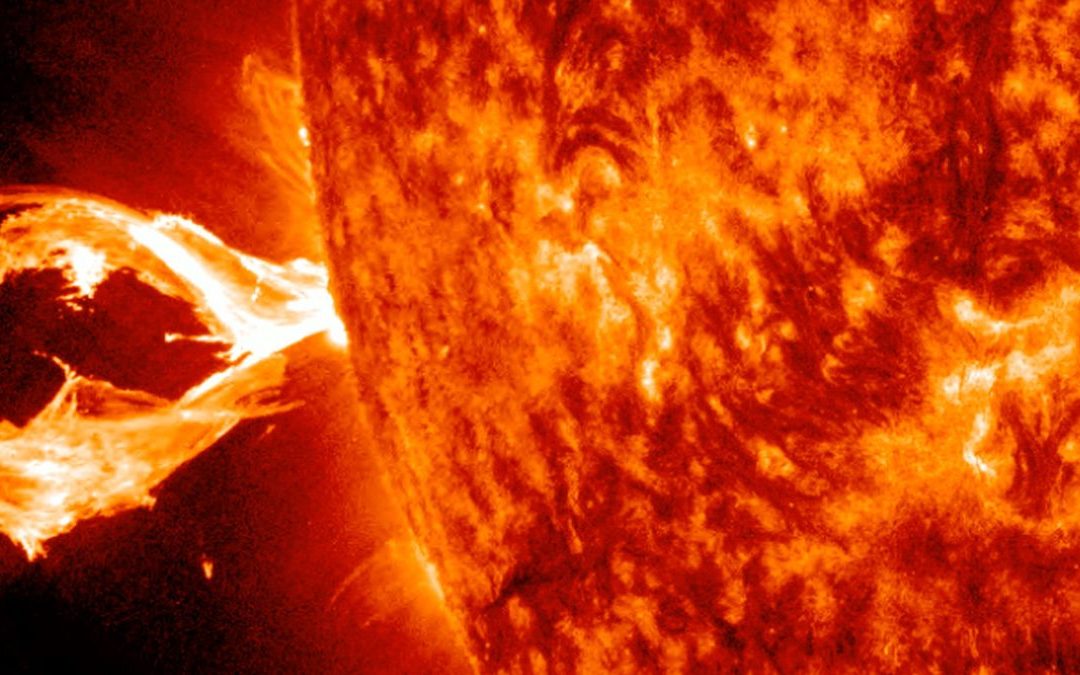The sun is a powerful force of nature, and it recently demonstrated this strength with a powerful solar flare that briefly blocked shortwave radio on Tuesday (Feb. 7). This flare originated from a huge Earth-facing sunspot, AR3213, and was classified as a medium-class (M6) flare.
The sun is currently climbing towards a peak in its 11-year cycle, and this flare is a sign that it’s on track to reach its peak in 2025. NASA’s Solar Dynamics Observatory captured images of this flare and other solar activity, which were shared extensively by users on Twitter.
Most solar activity is harmless and only causes brief interruptions in shortwave, but the sun is capable of more powerful bursts of energy that can knock out satellites or other infrastructure. To better understand how solar activity originates and protect us from potential harm, NASA and the European Space Agency (ESA) partner with entities around the world to keep a 24/7 watch on the sun. NASA’s Parker Solar Probe and ESA’s Solar Orbiter both swoop within a close range of the sun to sample the solar wind of particles that stream through the solar system, and to examine solar structures and the sun’s atmosphere up close.
The sun is an awe-inspiring sight, and its power should never be underestimated. The recent solar flare is a reminder of its strength and of the importance of monitoring it to protect us from potential harm.
Source: www.space.com
